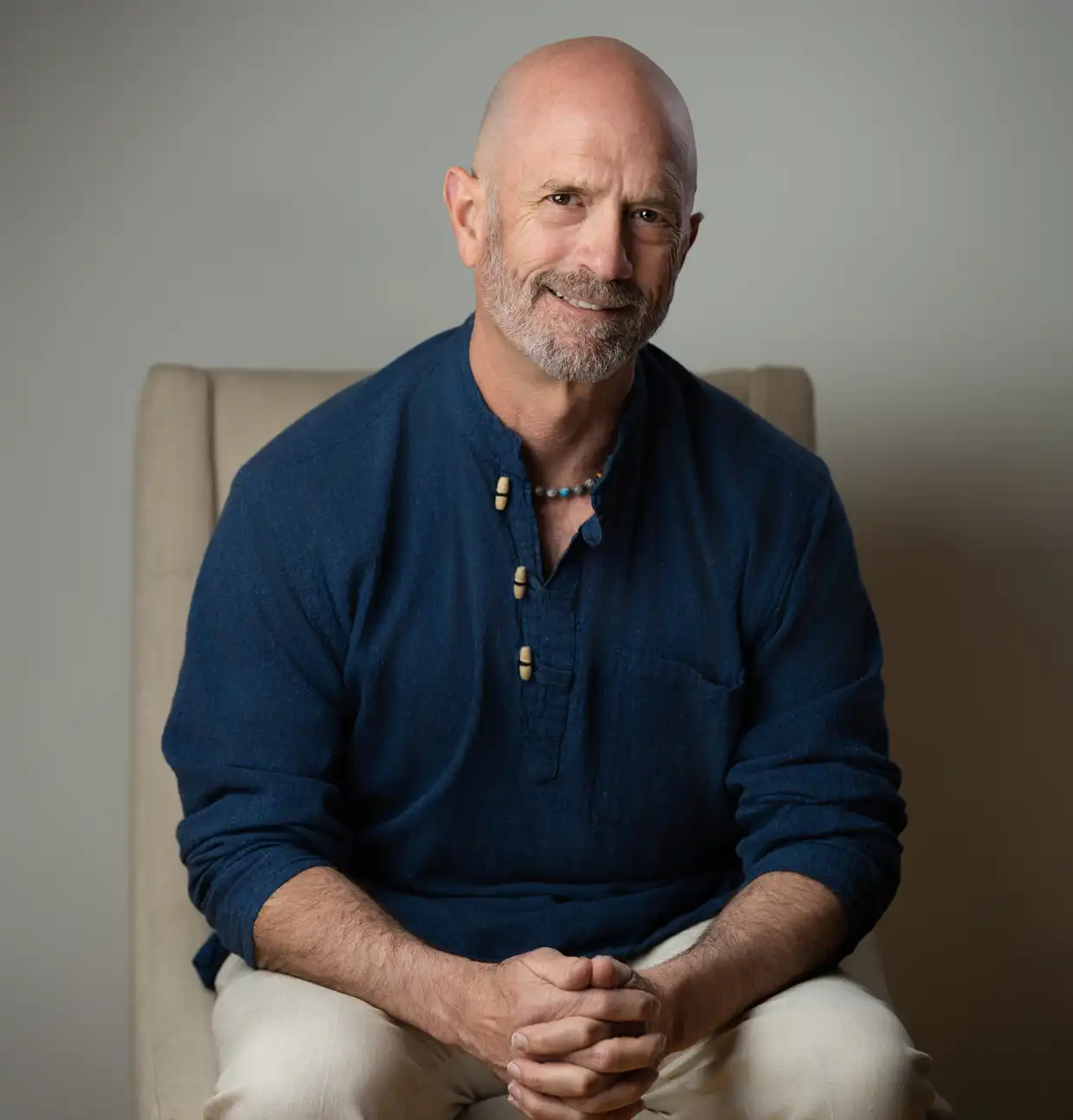
Thanksgiving reminds us to be grateful and how much we have to be grateful for. Starting with being alive. And breathing. And having the opportunity to help ourselves and others through our work. Really, most of us have an abundance of things to be grateful for. I for one am grateful for YOU reading this right now, and for being able to share ideas like this that I hope will resonate with you.
[Note: The following is an excerpt from a chapter on turning traps into stepping stones from my new book, The Amare Wave: Uplifting Business by Putting Love to Work.]
A key responsibility for business leaders is to set the tone for the company by establishing its fundamental mindset, which may either be rooted in scarcity, or in an optimistic belief in abundance.
Here’s what I mean. An abundance mentality resides in the idea of endless possibilities, with trust that life will provide for our needs when we are in alignment, and that there is plenty for everyone we share the planet with. A scarcity mentality, in contrast, is derived from a belief in “lack” and the presumption that life is a zero-sum game, or rather, “if they have a lot, there won’t be enough for us.” Abundance is love-based. Lack is fear-based. Guess which mentality helps power the Amare Wave?
Stephen Covey is credited for coining the terms “scarcity mentality” and “abundance mentality” in his bestselling book The 7 Habits of Highly Effective People. According to Covey, when we have scarcity thinking, we focus on what we don’t have. When we have abundance thinking, we focus on what we can and do have. This is important because in large part—in business as in life—our mindset creates our reality, or as author and metaphysical teacher Mike Dooley puts it, thoughts become things. With this in mind, consider why you would choose a mindset that causes suffering when you can choose one that doesn’t.
Case in point: Innovation expert Christopher Hawker calls this belief in lack a not-enough attitude and describes people with this mindset as “the ones who typically complain about not having enough time, money, energy or resources to achieve their goals. Typically, they frame their challenges through what they lack. As a result, their businesses and those around them focus on the wrong priorities: preservation rather than growth, familiar surroundings instead of often find ourselves grasping onto short-term thinking. This causes us to get caught up in micromanagement and turf issues, feel disconnected, hyperfocus on protection of self—and, above all, work within a highly limiting narrow-mindedness.
If you look at what you have in life, you’ll always have more.If you look at what you don’t have in life, you’ll never have enough.
When you adopt a love-based abundance mindset, you are freed up from the heaviness of negative thinking and from obsessing about what isn’t working. Instead, you recognize what is working and what might be possible to achieve, which lets you envision and often accomplish incredible things. In Abundance: The Future Is Better Than You Think, Peter Diamandis and Steven Kotler present strong evidence that with new technologies, abundance for all can happen. To paraphrase Bill Clinton, there are positive trend lines that counter the dark pessimism in today’s headlines. This expansiveness of abundance thinking is what leads to worldchanging innovations—or what Jim Collins and Jerry Porras call BHAGs (big, hairy, audacious goals)—that provide incredible value to society, such as:
HENRY FORD’S DREAM: A car in every driveway to give all Americans freedom to go places like never before
JFK’s MOON CHALLENGE: Getting a man on the moon and home safely within a decade
MICROSOFT’S AIM: A computer on every desk and in every home
GOOGLE’S AMBITION: Organizing all the world’s information and making it accessible and useful to all
Now, you might challenge me and say these goals were actually about money or prestige, and it’s certainly possible that those factors were significant drivers of these aims. But even if that is true, the fact is they are all imbued with a powerful and compelling spirit of possibility and openness, unrestricted by notions of lack or scarcity.
When you let go of a belief in lack and replace it with a belief in abundance, you cultivate win-win situations where you, your employees, your suppliers, your customers—everyone—is pleased with what they receive. This is a far better mindset than the one that underlies win-lose scenarios: relentlessly pressuring employees to do more with less, trying to squeeze as much as possible from suppliers, maximizing how much customers will pay regardless of the situation, and the list goes on.
Even more beneficial is the gratitude you feel when the tone of your business is rooted in abundance. This attitude of gratitude is as profound as it is contagious. In fact, almost no feeling is more powerful than being grateful for all you have and can do.
TAKE A LOOK IN THE MIRROR
The book has a lot of “mirror” exercises to help you see and know yourself better. Using the table below, ask yourself which side you are closer to, using some of the comparisons described by entrepreneur Caroline Castrillon. Then rate yourself 1 to 10.
Abundance Mindset or Scarcity Mindset: What’s Yours?

So my friend, what is abundant in your work and life? What, beyond the usual, are you especially grateful for? What abundance could you be grateful for that you may be taking for granted?
Thank you for taking this moment to look within. I wish you much clarity and great abundance in your business and life. Happy Thanksgiving and Amare!
Note: If this article resonates with you, or gets you wondering about new possibilities please do share it so the conversation and energy expands. To read The Amare Wave: Uplifting Business by Putting Love to Work, you can order it here on Amazon.


